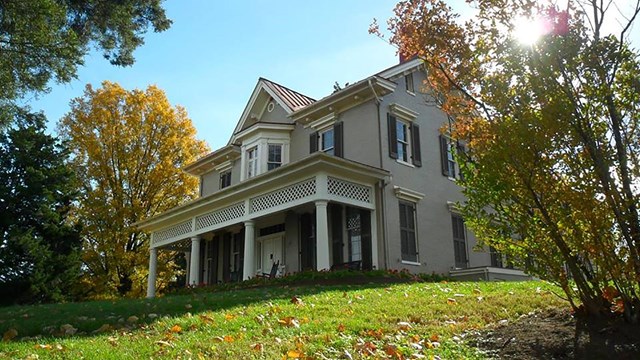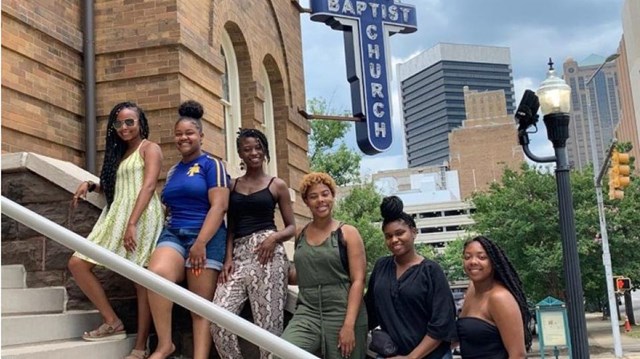Twenty & Odd is a short National Park Service film, produced by six African American women as part of the 400 Years of African American History Commission Act signed by Congress in 2018. Through thoughtfully curated scenes and audio of "Still I Rise" by Dr. Maya Angelou, the production team created an educational tool to inform, highlight and educate the nation on the trauma, resilience and beauty of the African American experience in this country. Twenty & Odd provides an opportunity to motivate and empower people to cultivate personal connections with national parks and embrace parks as welcoming sources of health and healing.
- Duration:
- 4 minutes, 25 seconds
Developed by a group of NPS staff and interns, this film explores the trauma, resilience, and beauty of the African American experience in our country.
The title, “Twenty & Odd,” is taken from a quote from English colonist John Rolfe describing the number of the first enslaved Africans brought to Virginia in 1619. The creative team chose this title to reclaim power of Rolfe’s phrasing and instead celebrate all that Black and African American communities represent and contribute to our collective heritage, through the lens of national parks.
The narrative for “Twenty & Odd” is Maya Angelou’s remarkable piece, “Still I Rise.” Through its voice and imagery, the film advances messages of African American empowerment, remembrance, education, inspiration, and engagement in iconic places stewarded by the National Park Service.

Explore the underlying concepts of the film.

Visit the parks and other places seen in the film.

Learn about the team's experiences during the making of "Twenty & Odd" in this National Park Foundation blog.
Last updated: January 28, 2022
